Book Reviews: Green Reads
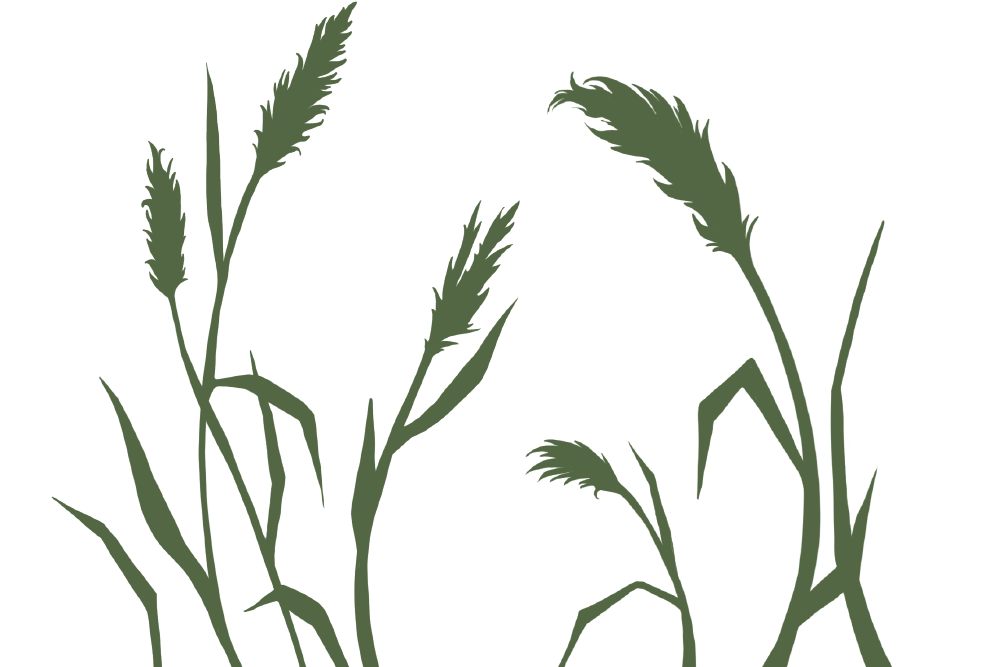
The word green evokes many concepts beyond color. Fresh, new, environmentally friendly and a sense of growth can all be conveyed by calling something green. For anyone who loves to read and has a passion for this planet we call home, these books belong on your green reading list.
……
The Ghost Forest by Greg King
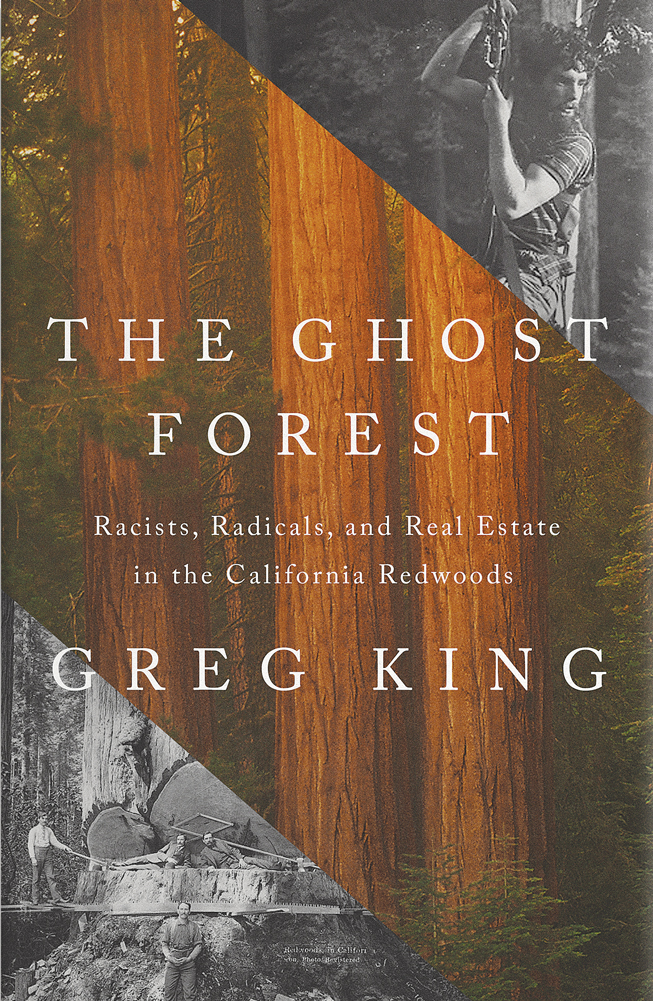
Great storytelling invariably involves dramatic and often tragic themes. In The Ghost Forest, Greg King recounts a true David and Goliath tale, remarkably without any need for hyperbole. Anyone who has seen them firsthand knows that it would be impossible to overstate the enormous majesty of the last remaining old-growth redwood forests. Unfortunately, the same is true for attempting to describe the insatiable greed of Goliaths like Maxxam Lumber Co.
When King recounts his first foray into what would later become known as “All Species Grove,” he eloquently describes the experience as follows:
As the group scattered, I stood staring between the two trees, gazing into what I would later describe as a portal. The little creek ran in a gentle but consistent arc to the northwest. A broad curve of forest bent with it, and the tall trees formed an arboreal corridor, deep green and hundreds of feet high, wending in a perfect arc and leading toward what appeared to be the Jurassic. This order of antiquity, of scale, was so transfixing that for a moment time dissolved. Great conifers and the delicate plants they nurtured had gathered as a living tableau of primordial life so ancient, so inherently divine that, whereas I could feel the life of the forest coursing through me, never have I found words to adequately describe it.
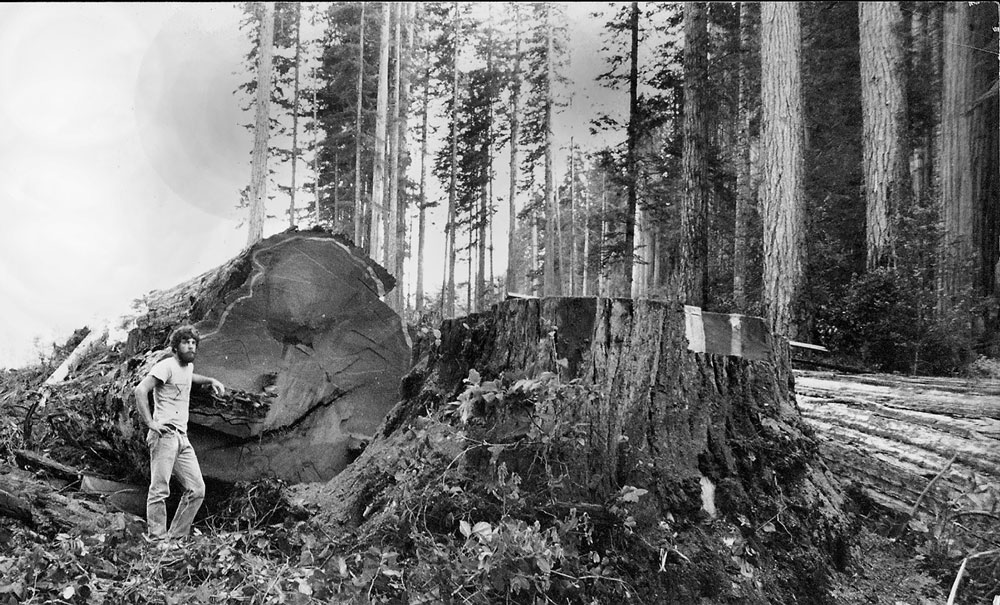
Greg King in All Species Grove in 1987 <i>Photo courtesy the author</i>
Although King laments the ability of mere words to convey the depth of feeling inspired by these giants of the natural world, his commitment—and the commitments of the many dedicated activists of that time—make it clear that the feeling was so incredibly profound they were willing to put their lives on the line to save the forest.
No fictional account of environmental activism and the legendary tree-sits that were undertaken in Humboldt County’s ancient redwoods can hold a candle to this vivid retelling of direct action on the front lines of a literal battle for the fate of the planet. King brackets the local history of lumber barons and crony capitalism with his personal story of environmental activism. He takes us on a deep dive into the history of the North Coast to a time some benignly refer to as “contact” although, for the people and the ecosystems here, it would be more aptly called a time of devastating and brutal conquest. Nearly 2 million acres of destruction, and what appears to be the first “greenwashing” by a certain corporate-led environmental organization, are detailed in these pages.
“We would put five tree-sitters high into redwoods at the ongoing clear-cut on the edge of All Species Grove.”
The Ghost Forest
This year marks the 25th anniversary of the purchase and transfer of two ancient groves in Headwaters Forest into public ownership. Additionally, in that agreement, some of the surrounding forest was granted protection for 50 years. For that reason this is a good time to be reminded about the important history of what became known as the “Timber Wars” of the 1980s and the tireless work that resulted in the preservation (and temporary protection) of some of Headwaters Forest. If the future is anything like the past, we had better get started advocating for the permanent protection of those groves now!
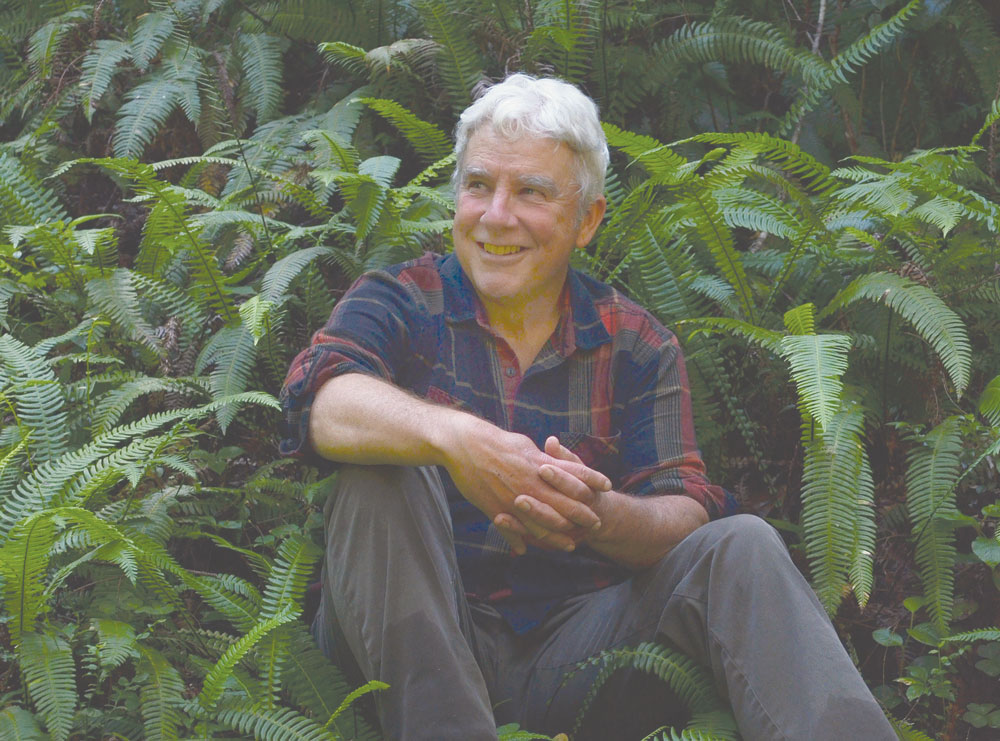
Greg King is an award-winning journalist and activist credited with spearheading the movement to protect Headwaters Forest, in Humboldt County. King initiated the “redwood wars” following the notorious 1985 takeover of the venerable Pacific Lumber Company by the Houston energy and real estate conglomerate Maxxam. He discovered and named Headwaters Forest in 1987.
……
A Watershed Runs Through You by Freeman House
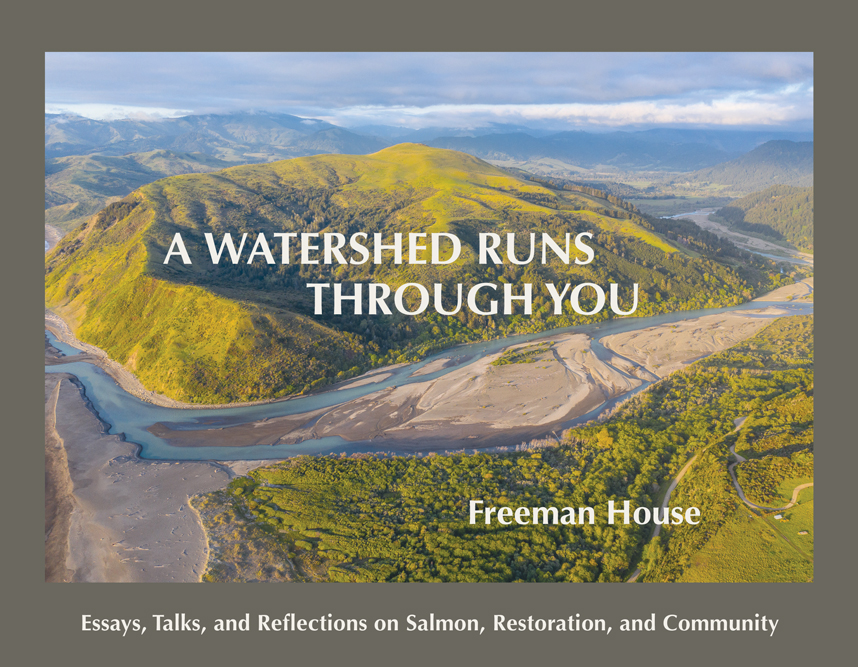
Freeman House, co-founder of Mattole Restoration Council and celebrated author of Totem Salmon: Life Lessons From Another Species, was often invited to address colleges and conservation societies, planners and restoration groups about the central place of salmon in the life of this region. Recipient of a Lannan Fellowship and national awards for the quality of his writing, he also co-authored a history of Humboldt County and advocated for the role of local residents in the recovery and stewardship of our watersheds: “The beauty of hands-on watershed restoration is that it allows the place itself to become our teacher.”
A Watershed Runs Through You collects twenty-one essays and talks preserved by Freeman’s daughter, Laurel Fanya House, edited by local poet Jerry Martien, with a preface by acclaimed bioregional activist and author Stephanie Mills, and an afterword and salmon update by Ali Freedlund of the Mattole Restoration Council. Published by Empty Bowl Press and designed by Sitka Willow Design, with more than 300 wide-format pages, the book’s cover features a photo of the mouth of the Mattole by MRC staff member Hugh McGee.
An excerpt from the essay: “Restoring Relations: The Vernacular Approach to Ecological Restoration”
In the course of my work in the Mattole watershed of Northern California over the past fifteen years, I’ve been trying to understand how ecosystem wisdom expresses itself in the human community. The picture I get, throughout human history and prehistory, is that ecosystem wisdom expresses itself through the vernacular, through local custom and taboo, through the ways that people act collectively and daily in response to the opportunities and constraints provided by their local ecosystems.
Let’s look at this word vernacular for a moment. A few definitions from the New Webster’s: One: Native or originating in the place of its occurrence or use, as language or words, as opposed to literary or learned language. Another: Native or peculiar to a place, as a style of architecture. Another: The common language people use every day. Vernacular relationships explain why there are so many native languages in California. Vernacular cuisine is the recipes that grow out of regional and seasonal availabilities of certain foods. My wife and I learn more about local weather patterns hanging out the laundry than we ever could from computer models or textbooks. And this is vernacular education.
An important survival mechanism of vernacular culture is its use of story. Vernacular culture maintains its continuity through keeping its stories alive, a sort of enduring gossip. All cultures invent ways to pass on the collective memory in order to maintain a continuous sense of themselves. When the stories of vernacular culture are replaced by the cunningly crafted televised myths of consumer culture, then local people will tend to lose the direct sense of relation to local places. Engagement in environmental restoration can reorient inhabitants to locale, but only if open communication is considered as a primary element of any ecological restoration process. In our local watershed rehabilitation work, we try to think ahead fifty years or more, a span of a couple of generations. Since less than 5 percent of the local population is actually engaged in the restoration work (and many of us are getting on in years), we feel compelled to keep the rest of the inhabitants informed through occasional newsletters, reports, and studies that are sent not only to our supporters and subscribers, but to every one of some three thousand watershed residents and landowners. This kind of contact with the community needs to be part of the budget of restoration programs. Without it, ecological restoration fails to realize its potential for social transformation. With open and regular communication, our neighbors can come to realize themselves as a recovering population in a recovering ecosystem, and the new local story acts to recruit the young as self-identified participants in an emerging culture.
The full essay is based on a keynote talk, Society for Ecological Restoration annual conference, Nevada City, 1994. Published in Restoration & Management Notes (Summer 1996). Posted to Arthurmag.com 2010–11, 2013–14. Courtesy of Empty Bowl Press and the trustees of the Nina Blasenheim and Freeman House Living Trust.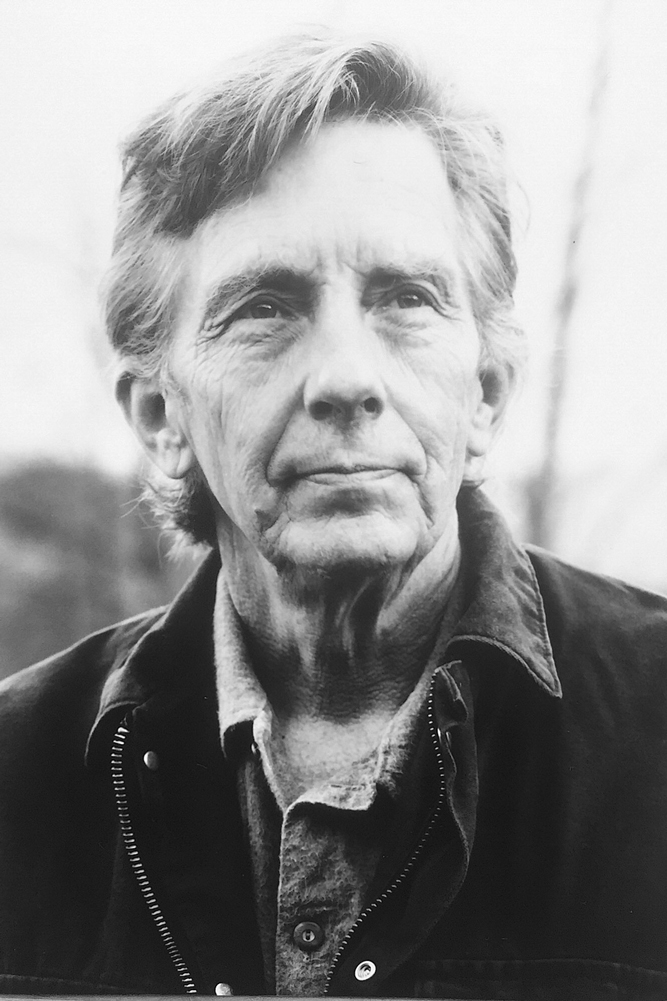
Freeman House was a social activist and commercial fisherman turned watershed restorationist who cofounded the Mattole Restoration Council and Mattole Salmon Group on the Mattole and Sinkyone ancestral lands of Northern California. He passed away in 2018 at the age of eighty, leaving a tremendous legacy of bioregional awareness and communitybased environmental organizing through his decades worth of writings and the organizations that uphold his visions to this day.
……
Evergreen by Nathan Hutchinson
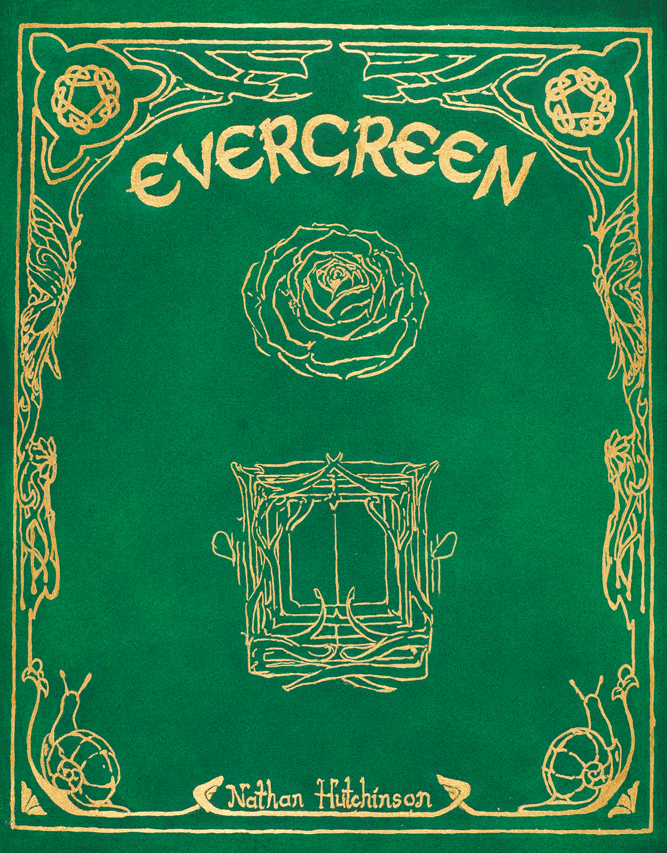
Evergreen is a stunning book of art and existential meditations on the future of the temperate rainforests of the Pacific region we call home. We are honored to be on a short list of environmental organizations that artist Nathan Hutchinson has decided to support with profits from the sale of his book. You can find out more at nathanhutchinson.com

